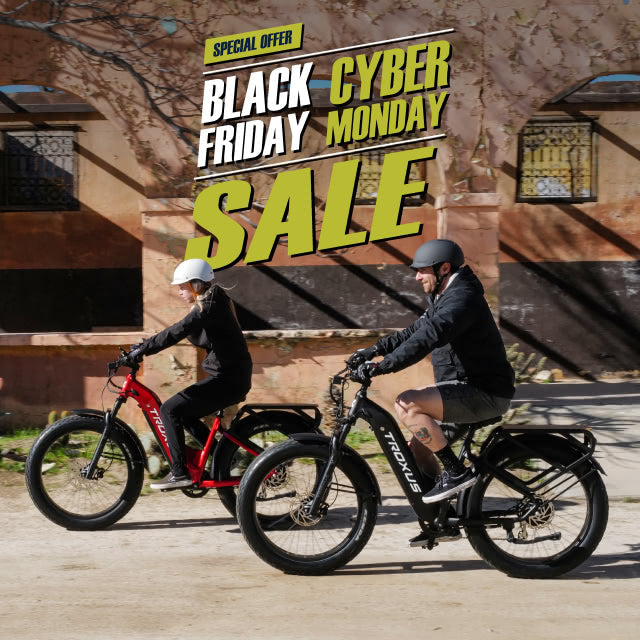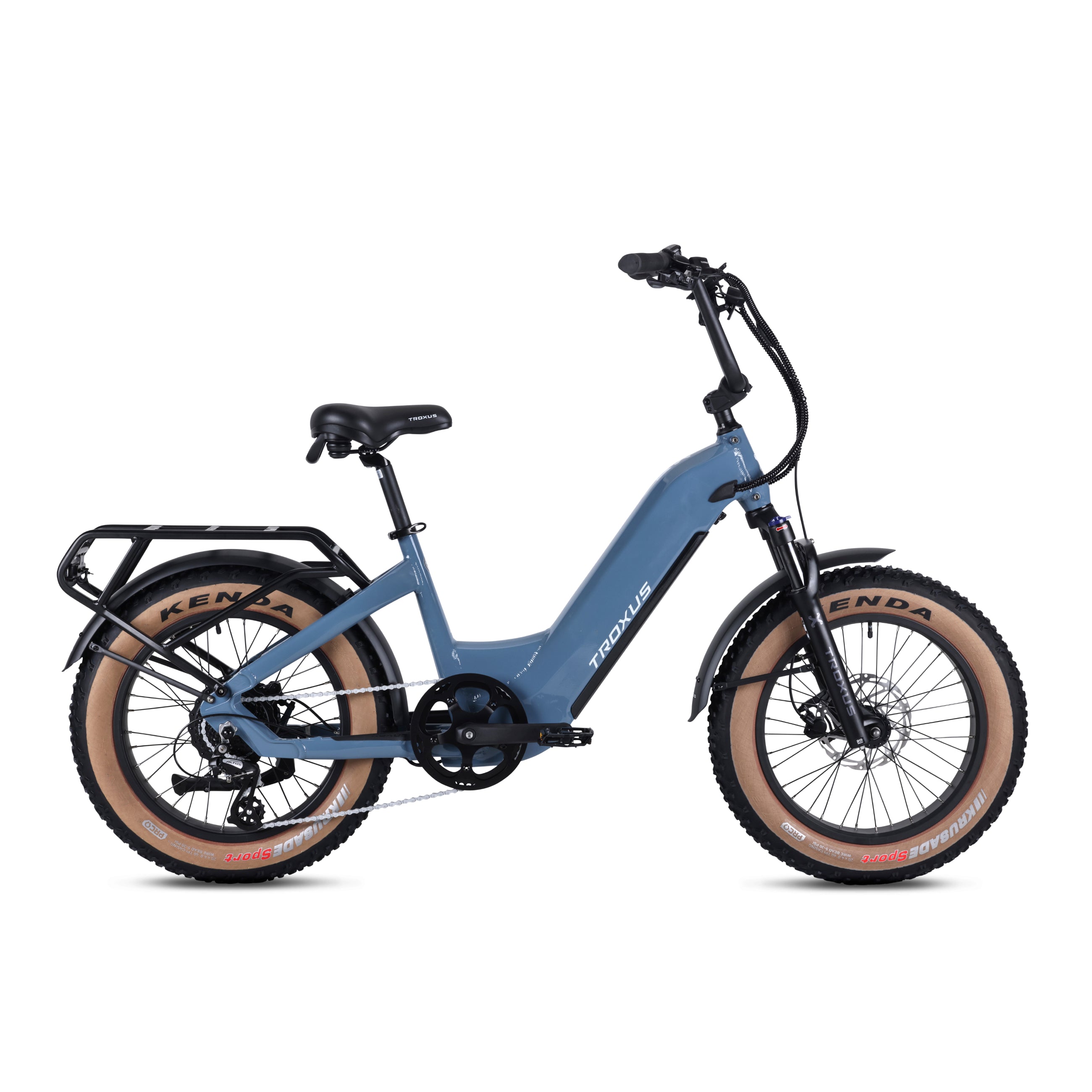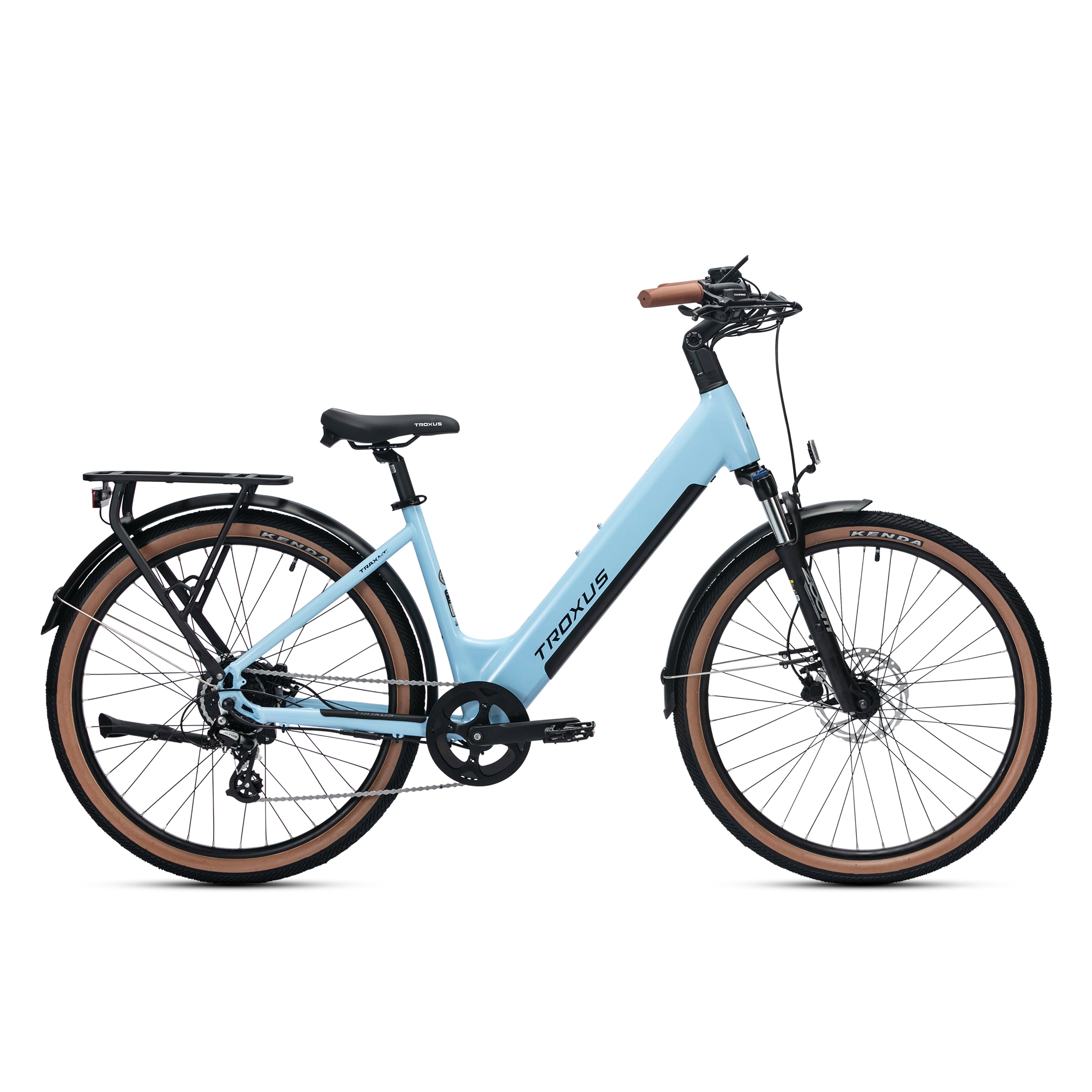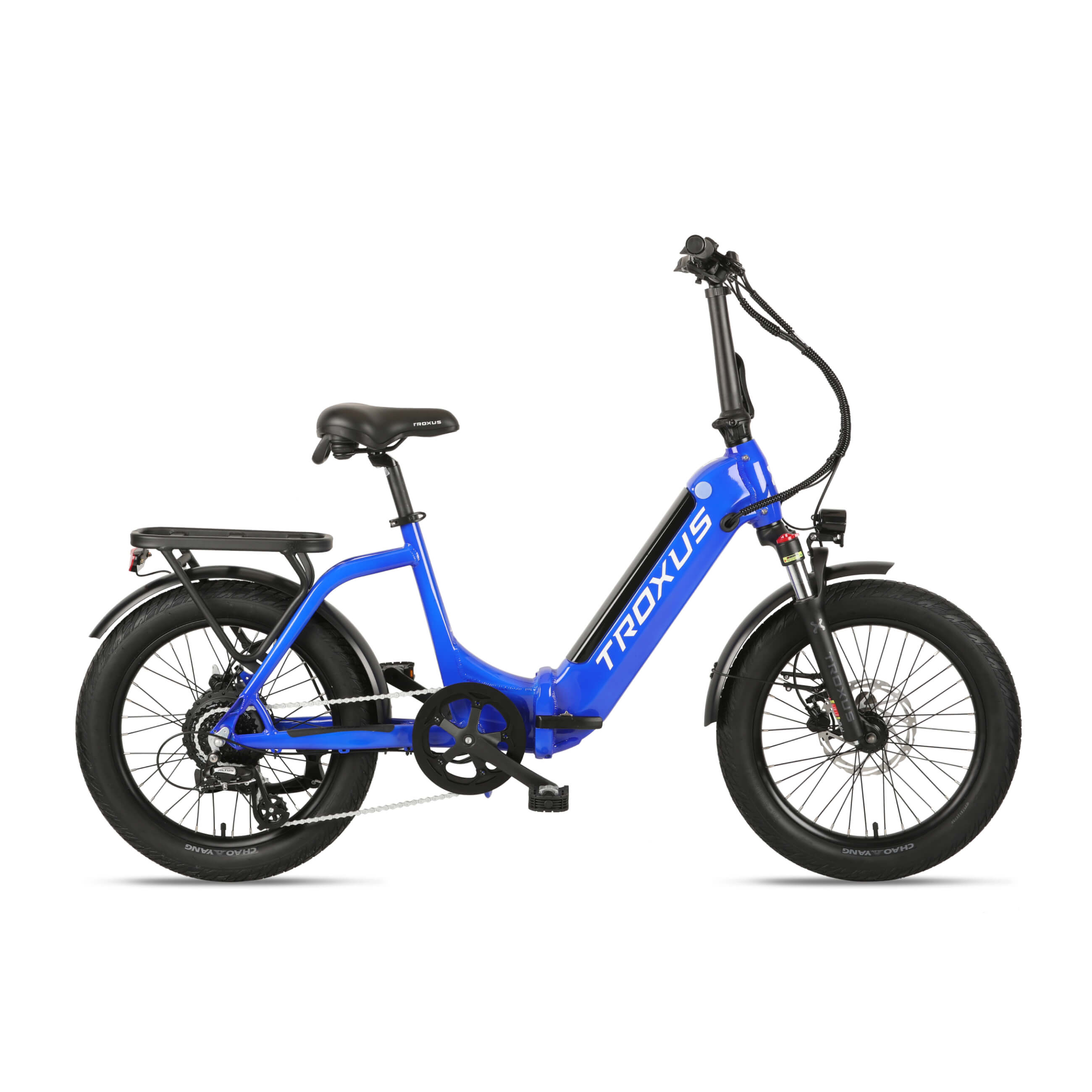The number of electric bicycles (or "e-bikes") in the United States has increased significantly over the past few years.
This article is gping to explain the low-speed electric bicycle specifically as defined by the Consumer Product Safety Commission. E-bikes are most commonly "pedal assisted" or "muscle assisted", meaning that the rider must pedal to start the motor. E-bikes may also be equipped with a throttle, which allows the bike to travel without any pedalling.
Low-speed e-bikes are as safe and robust as conventional bikes and travel at similar speeds compared to traditional bikes. E-bikes are emission-free, low-impact and quiet easy in operation. E-bikes vary greatly in shape and size, but the different types are very close to regular bicycles. E-bikes are similar in appearance and operation to conventional bicycles and function differently from mopeds, scooters and other motorized vehicles.
State legislatures have begun to grapple with how to distinguish and define e-bikes and regulate their operation and equipment standards on the roads and trails of their respective states. One challenge is to distinguish between other motorized vehicles (such as scooters and mopeds) and the emerging market and interest in e-bikes as a cost effective and environmentally friendly transportation option.
What are the different classifications of e-bikes?
Twenty-six states have adopted a three-tier classification, designating e-bikes as Class 1, 2 or 3. There is a wide gap between simulated bicycles and off-road bicycles, and the tiered system of the e-bike regulations recognizes this. It distinguishes between e-bike models with different speeds and power capabilities.
Class 1 and Class 2 bikes are the most common categories of e-bikes and are suitable for recreational riders who enjoy mountain biking, hunting or outdoor adventure. Class 3 e-bikes are usually intended to replace mopeds or motorbikes and are best suited for urban road use.
The definitions of e-bikes and the safety and operational requirements for e-bikes are almost identical in the states that use the three levels of classification.
Three-Tiered Classification:
Class 1
If an electric bicycle has a maximum speed of 20 miles per hour and the electric motor can only work via the pedals (pedal assist), it is considered to be in Class 1.
Class 2
If equipped with a throttle drive motor, the e-bike will fall into category 2. The motor must stop providing assistance when the e-bike reaches 20 mph.
Class 3
A Class 3 e-bike is a bicycle with a motor that provides assistance only when the rider is pedaling and should stop providing assistance when the e-bike reaches 28 miles per hour. Class 3 e-bikes are also known as electric bicycles. Class 3 is the most restricted classification and some states impose additional safety restrictions on riders of Class 3 bicycles.
Are there speed limits for e-bikes in the USA?
The federal speed limit for electric bicycles is 20 miles per hour or less, under motor power only.
This speed limit is also set by the tiered classification system used by many states. This classification sets 20 miles per hour as the legal limit for Class 1 and Class 2 bicycles. The speed limit for Class 3 bicycles is 28 miles per hour.
Federal law recognizes and allows for electric bicycles to travel faster when the rider uses both human pedals and motor power. Local speed limits may also apply to specific areas.
While some states have specific speed limits for electric bicycles, riders should also adhere to local speed limits while on the road. While many bikes can go up to 30 mph, you should follow local limits if they are lower in areas such as school districts.
How old can I be to ride an e-bike?
Age restrictions for e-bikes vary from state to state and usually only apply to Class 2 or Class 3 e-bikes.
Eight states require riders to be at least 14 years old to ride unaccompanied in all classes. These states are Alabama, Alaska, Michigan, New Hampshire, North Carolina, Utah and Virginia. In some states, riders under that age can still ride an e-bike under the supervision of an adult over the age of 18.
Six states have e-bike regulations that require riders to be at least 15 years old, and fifteen states require riders to be at least 16 years old. There are some state-specific exceptions to these rules if an adult accompanies the rider. Many states do not have an official riding age requirement, but most require riders under the age of 16 or 18 to wear a helmet.
Which states require a license to ride an E-Bike?
In states where e-bikes are classified as mopeds or scooters, they usually require a permit and registration. Alabama, Alaska, Massachusetts, Missouri, New Mexico, Wisconsin and North Dakota currently require a permit to operate an e-bike. States that use a three-tier classification system typically exempt e-bikes from registration, licensing or insurance requirements.
Do I need insurance to ride an e-bike?
Few states (West Virginia, North Dakota and New Mexico) require e-bike insurance. States that consider e-bikes to be different from motor vehicles do not require the insurance requirements that standard motor vehicles must comply with.
Some states treat e-bikes as motor vehicles similar to mopeds and require the same licensing and registration requirements. However, most of these states do not require e-bike insurance. While driver's insurance is rarely required, you may want to add an e-bike to your home and contents insurance policy to protect against theft or damage.

Where can electric mountain bikes ride?
Off-road areas are different from footpaths. So where can electric mountain bikes be ridden? Generally, any natural surface trails designated for motorized and non-motorized use are open to electric mountain bikes (E-MBT). Natural surface trails can include motorized single track, double track and primitive roads.
However, riders should not assume that eclectic mountain biking is allowed anywhere conventional mountain bikes are located. Single track access is usually different to the regulations for access to paved and soft surfaced cycle tracks or cycle paths.
The use of E-Bikes among hunters is steadily increasing as enthusiasts discover the benefits of E-Biking for backcountry travel. The E-Bikes allow hunters or anglers secret access to more remote areas that would otherwise be out of limits.
If you enjoy using electric mountain bikes, you may want to know what rules apply and how they differ from ATVs or quads. Most states allow the use of Class 1 and Class 2 bikes in hunting areas. However, in Pennsylvania, only Class 1 bikes are allowed. Troxus Vulcanus are perfect for use while hunting or over landing and can go almost anywhere an ATV can go.
In national parks, electric bikes are usually allowed where conventional bikes are also allowed. However, cyclists are allowed into different parks. Do not ride your E-MTB in wilderness areas where local regulations are unclear. only ride legally and safely on authorized trails.










